Remnant 2 review
I was a little late to the party with Remnant: From the Ashes, and not through a lack of will. I tried and failed to get into it several times around its launch, and it wasn’t until this year that it really made its mark on me. But once I was in, I was all the way in, which set me in great stead for the sequel. Remnant 2 refreshingly drops the subtitle, which you’d assume would be a metaphor for a simpler, more streamlined design. You’d be wrong, though, because Gunfire Games’ difficult second chapter deliberately ups the density, to often quite staggering results.
Remnant 2 is a sprawling, multi-branching labyrinth of a game. Each of its worlds is procedurally generated, as is your path through them. You’ll have a random starting world each time, and each of these worlds is broken down into random dungeons, objectives, and bosses. The idea is that no one will have the exact same experience, and it works incredibly well. There are overlaps, obviously. You’ll meet the same bosses over the course of several runs, and the items crafted from boss materials feel a little too restrictive, but ultimately your story will be yours alone.
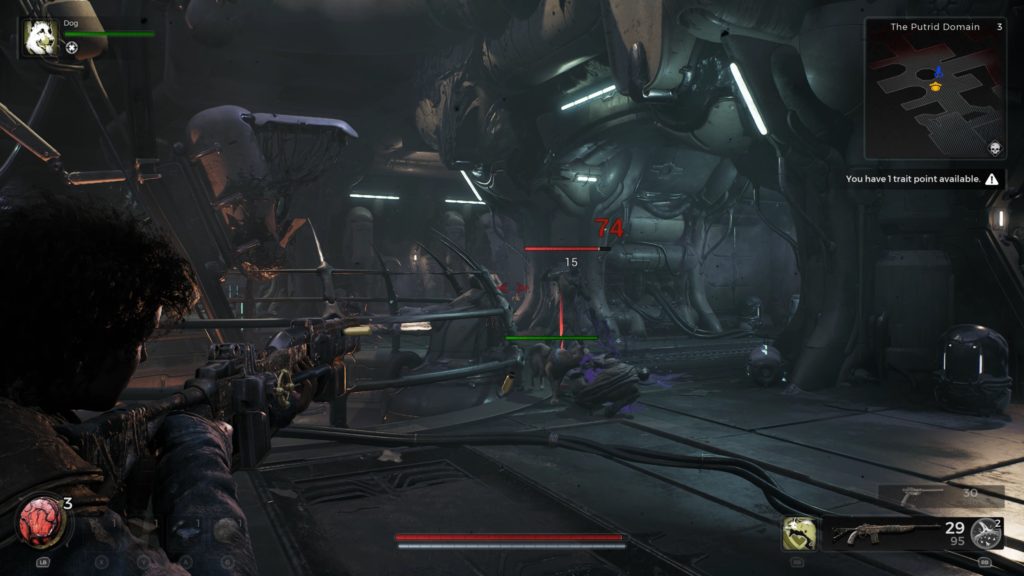
Although, the story itself has a tad more setting than actual substance. Set some years after the first game, the Root has been effectively pushed out of Earth thanks to the actions of the Wanderer, Founder Ford, and your allies in From the Ashes. However, it hasn’t been fully vanquished, and the canon choices made at the end of the previous campaign have left many other worlds open to invasion. In Remnant 2, you’re the Traveler, a new protagonist who must take up arms against the Root. You’re joined by allies new and old, with many of the past game’s characters returning here, much older and more hopeful, living in a small town built above Ward 13. It’d be a nice place to settle down, but when your friend is dragged through the reactivated crystal, you’ve no choice but to go in and get them back.
The issue here is that because the worlds are so procedural, there’s little room for actual narrative development. Things just happen, and there’s very little growth and no real defining character moments. Characters who seem important initially get side-lined very swiftly, and the whole thing feels more like a device to give the action some context. Maybe that’s all it needs to be, but it would be nice to see Gunfire Games really lean into the characters they’ve created. More effort has gone into the individual stories of the worlds you visit, admittedly, but the motivation in each is often the same: We have a corrupted god that needs killing, go kill it, please.
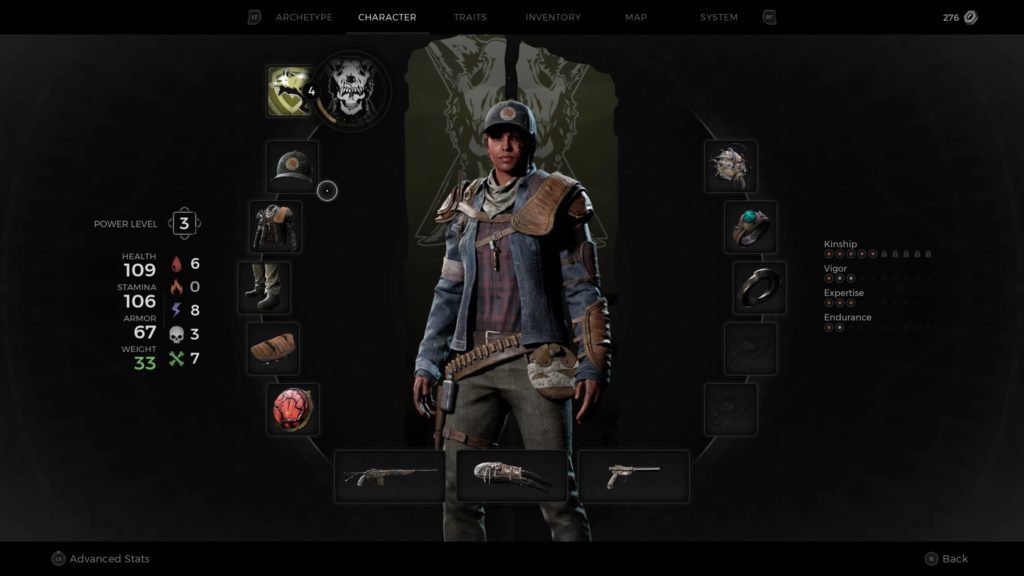
Before you go on your deicidal rampage, though, you’ll need to select an Archetype from the initial 4 (5 if you pre-ordered and got the Gunslinger early). Although there’s a great deal of build diversity later, the first Archetype choice will greatly inform your play style for at least the first 10 hours. I went with Handler initially, as the option to take a brave little doggo into Hell with me was too much to resist. And when the time came to select a second to combine with Handler I chose Hunter, a long-range specialist whose skills and perks seemed like the perfect choice for my play style, which was to send the dog in to take threat while I fired from cover and used AoE weapon mods to slow the enemy.
Even in the early stages, I found the build compositions refreshing and exciting. The system has been massively overhauled from Remnant: From the Ashes, though. For a start, there are fewer armour sets and they no longer convey set bonuses. Instead, most of your stat bonuses and passive abilities come from Mutators and Relic Fragments. The former slot into your weapons, allowing you up to three. These can have a multitude of effects from increasing Weak Spot damage to reload speed, and many have multiple effects as they’re intended to replace the first game’s armour set bonuses.
The latter slot directly into your Relic. Initially, this is the Dragon Heart, but there are other versions to find that change the Relic’s effects the way you can change the Estus Flask in Elden Ring. The fragments themselves improve things like melee damage, crit chance, and cooldown timers. It means armour is mostly cosmetic, although elemental resistance still differs between articles of clothing.
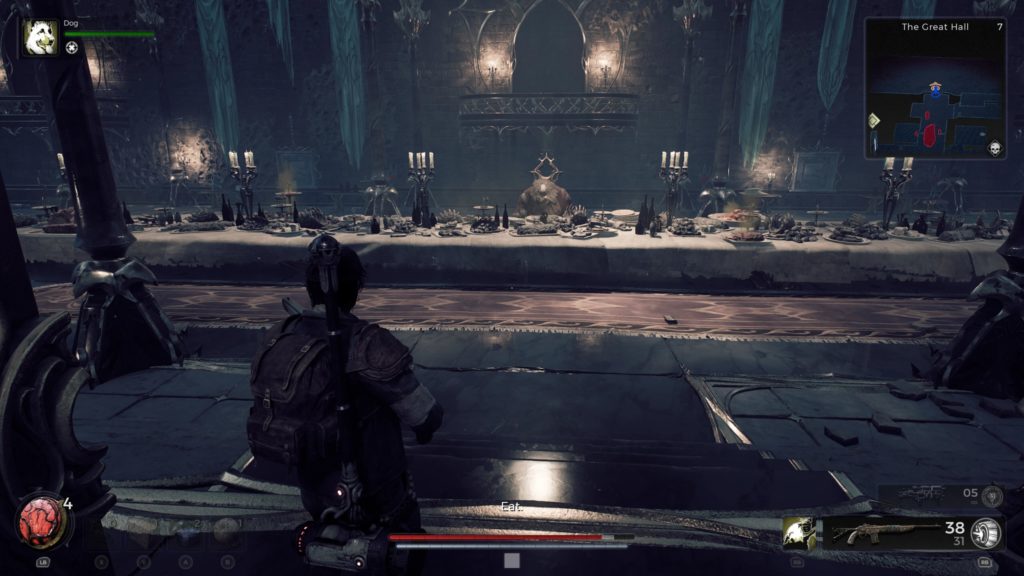
As with any game of this depth, one or even two playthroughs isn’t sufficient to fully understand the build economy in Remnant 2. There are weapons, items, mutators, modifiers, and traits you won’t even earn or find without multiple playthroughs, which will keep even diehard min-maxers busy for a long time. What I will say is that I missed having the armour sets, and I hit a point around 12 hours where I’d maxed out my 10 Vigor points and had to look for other trait cards and mutators to increase my survivability further. Even if this is purely by design, it felt a little restrictive that I couldn’t improve my armour and health points for such a long time after only a dozen hours of play.
The weapons and gear you can find and earn feel good though, and I was always happy to return to Ward 13 after slaying a boss or completing an encounter to see what I could craft from the parts that dropped. The more I played the more I felt the need to investigate the mutators and mods I was collecting, to tweak and adapt my build in order to survive. As always though, there’s the sense that it’s only in the endgame that you’ll find the best gear.
Although, you can start the endgame fairly early in Remnant 2, sort of. After you finish whatever your first world is, you’ll have the option to switch to Adventure Mode and replay any worlds you’ve completed as many times as you like, with random dungeon rolls. You use the same character as your current playthrough, so any items and XP you collect is carried between the two. It’s a really fun way to level up a second Archetype without affecting your story progress. The campaign itself isn’t particularly long for the genre, but as with Remnant: From the Ashes, the idea is to replay and explore, uncovering all the secrets you can. And as the worlds are so diverse, it’s hard to get bored.
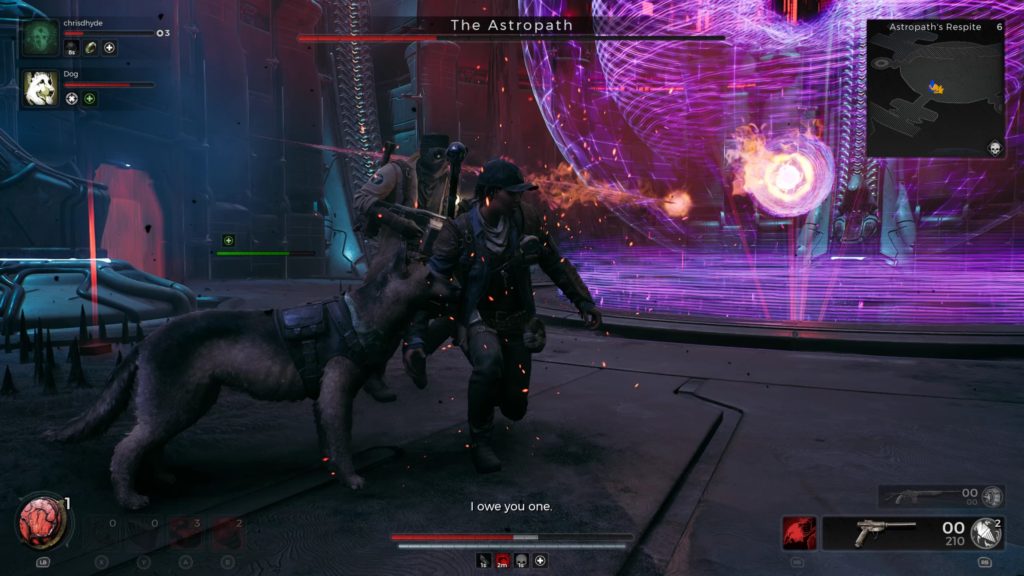
Remnant 2 is insanely creative. Not only in the appearance and tone of its worlds, but in the creatures within, and the boss fights and dungeon encounters. Not every dungeon has an actual boss fight, either; many have encounters instead. For example, in one area in the forest world of Yaesha, the finale of the dungeon saw me trying to outrun a huge contraption to the bottom of a massive helix as it crumbled around me and disgorged countless enemies. I also couldn’t go too fast or slow and had to periodically clear the mechanism of debris, meaning I had a genuine challenge on my hands.
The bosses themselves are almost all phenomenal. Some are smaller, more intimate encounters, such as the bow-wielding ghoul, Shrewd, or the giant Bloat King, a huge sewer slug possessed by an otherworldly wisp. But there are also large-scale fights against gargantuan creatures that almost feel like something from Returnal. Two in particular are very close to bullet-hell, and although I didn’t relish the thought of fighting either again, the experiences were exhilarating. The final boss in particular is incredibly tough, and had me re-speccing and upgrading for a while before I could beat it.
It’s hard to say exactly how deep Remnant 2’s various rabbit holes go. Some puzzles can be solved immediately, such as a clock tower puzzle in one of the Bloodborne-inspired districts of Losomn: Dran, while others require the passage of time and even repeat playthroughs or Adventure Mode runs to solve. There are mysteries everywhere; a door you can’t open here, a key that has no lock there, maybe an item you cannot reach, or an enigmatic item sold by a vendor that no one can identify. Every time I rolled Adventure Mode, I found at least one or two areas I’d never seen, and the ones I had seen were different, with new enemies, items, or tilesets mixed in with the familiar.
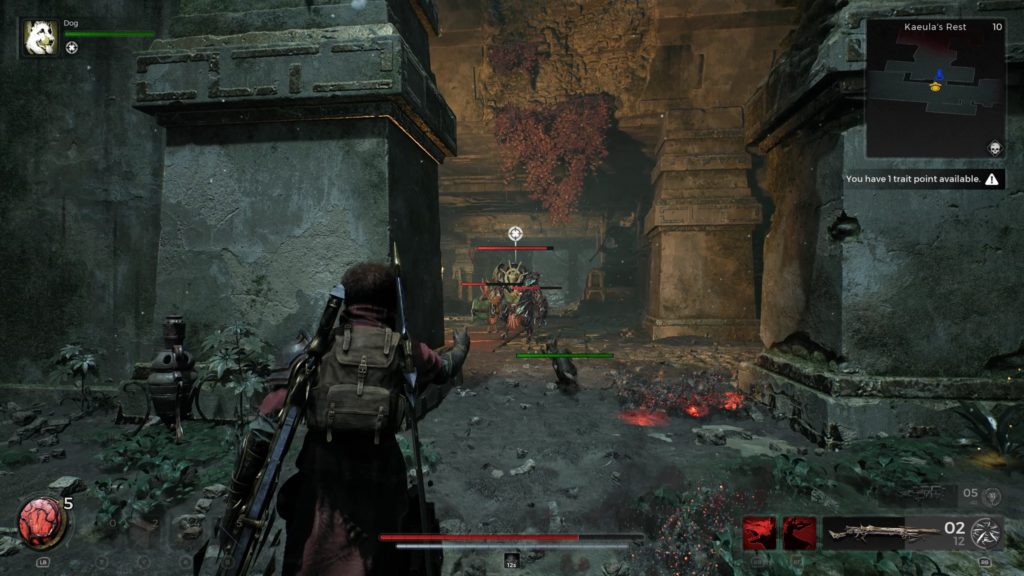
It helps that each of Remnant 2’s worlds have a distinct visual identity. N’Erud is a vast desert walled off by poisonous sandstorms and patrolled by rogue machines; Yaesha is a woodland world of eldritch forests and overgrown jungles; Losomn is split in half between the apocalyptic, Victoriana-themed Dran, and the lofty, gaudy Fae, a realm itself caught between two changeable world-states. There are a few other locations, too, and each has the same strong sense of place and purpose. It’s almost a shame that so much work and effort has gone into the lore and backstories of these worlds and not into the narrative itself.
Yet I find it hard to vehemently criticise Remnant 2 for the shortcomings of its story. It is, as the first game was, deliberately, bloody-mindedly obtuse. There’s more joy to be found by applying your own head-canon to events than having everything spelled out for you, in a similar vein to From Software’s Souls games. It’s all unknown, so that when your protagonist admits regularly that they don’t know what the hell is going on, you can relate. And as they gain understanding, so do you. I’m not saying it’s a masterful technique, but at no point did the story, or lack thereof, impact my enjoyment and investment in the game.
The shooting is as tight and precise as any 3rd person shooter I’ve played, with impactful, imaginative guns that can be modded and fitted with mutators or modifications that alter their appearance. Most of the best weapons are crafted from bits and pieces of vanquished gods and monsters, so there’s some very weird stuff in here. Wait until you see the gun covered in wriggling fingers, for example. If anything I’d have liked some choices thrown in here, or at least the need to grind some of these bosses for parts. Most of the time, a boss material will make either a new mod or a weapon, and that’s it, one item per material, with no real incentive to replay bosses besides a free upgrade. I’d have liked to see rarer models for repeat kills, or even choices that force you to replay a boss to collect everything. As it is, it feels a little limited.
In fact, that might be Remnant 2’s biggest problem. In creating something so modular and procedural, Gunfire Games have unleashed a behemoth in terms of balancing and build diversity. As such, they’ve had to impose limits elsewhere to wrestle it back under control. Therefore armour is limited, weapon crafting is simplified; even the story has to play it safe enough to allow players to experience the entire campaign in a totally random order, even down to the minutiae of which bosses they kill on the way. It’s a game positioned to receive regular content updates and tweaks, but that leaves the base game feeling just a little undercooked in certain areas.
Yet this is still an incredible achievement. Either solo or with others, the sense of wonder, curiosity, and sheer explorative joy can’t be denied. Every time you step through a new portal, you’re heading into a dungeon or area you can’t predict; every foggy boss door leads to a fight you can’t fully prepare for because you don’t know what’s coming. There are secrets on secrets, things you’ll walk right by the first time. There are multiple choices within each world, too; which characters to kill, and which to side with; whether to bend the knee or stand defiant; whether to save a world or doom it for your own reward. Despite a few shortcomings, Remnant 2 remains one of the most creative, fascinating, and compelling games of the last few years and stands as a testament to what this developer can do when they aim to impress.




